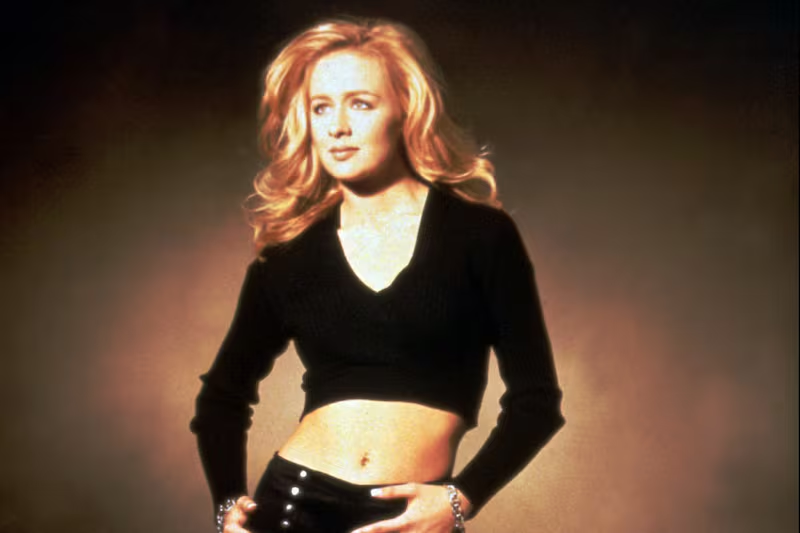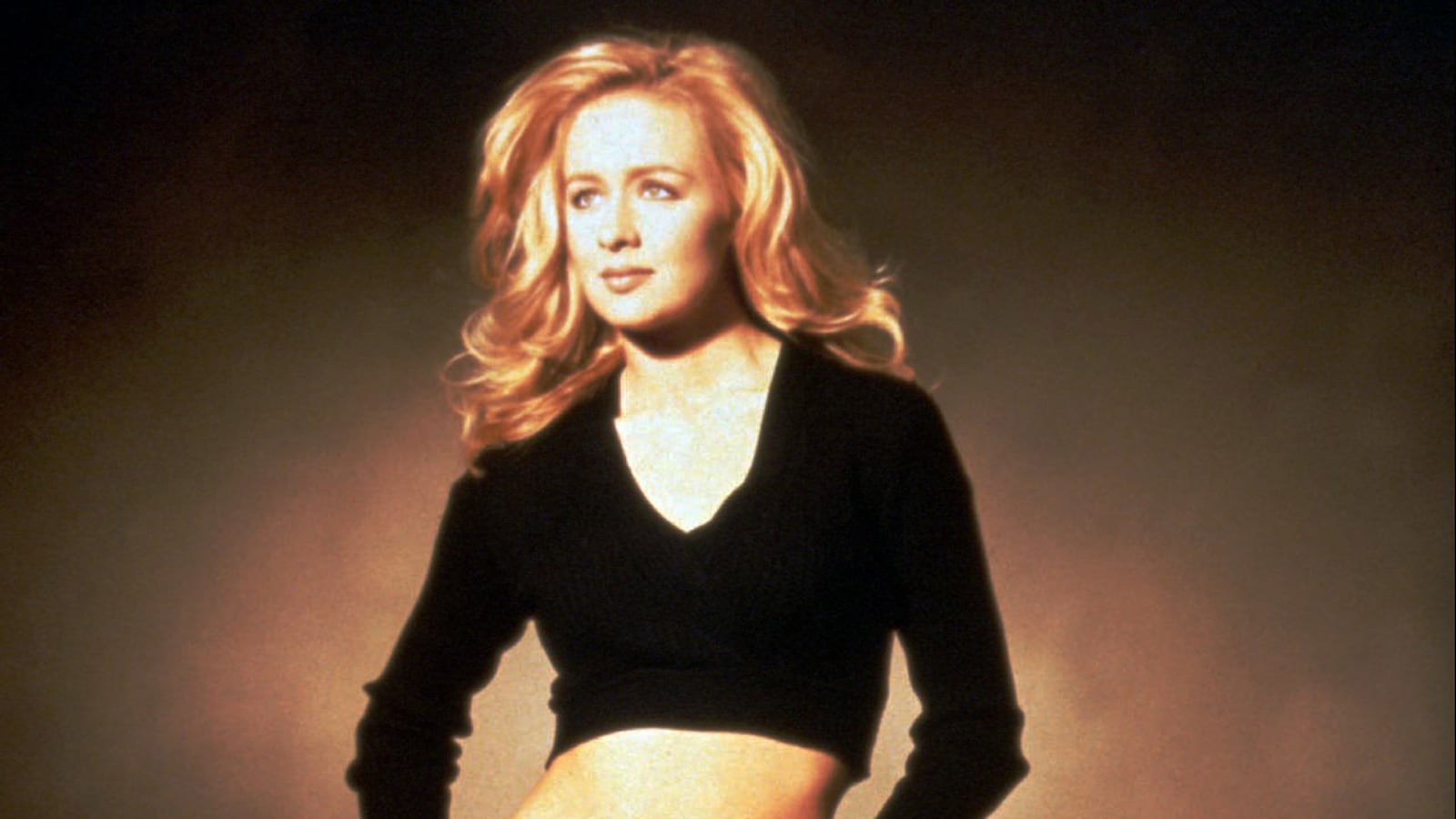In June of 1996, Mindy McCready stood before a great crowd at the Tennessee State Fair Grounds singing “Ten Thousand Angels,” her No. 6 hit on the Billboard country charts. Nashville’s annual Fan Fair was the first time she had ever sung before so many people, and only the second or third time she had sung before an audience in her life. It was the high point of a career that ended this week when she put a shotgun to her head and killed herself at the age of 37.

I was there that day, standing at the back of the stage. I had gotten to know and love country music when I was working in a West Virginia coal mine, and years later I decided to go down to Nashville to write a book about the music, Three Chords and the Truth.
I thought of country as the authentic soul of much of America. Hank Williams singing about his own heartbreak in the classic “I’m So Lonesome I Could Cry,” before he succumbed to pills and alcohol at the age of 29. Patsy Cline singing the devastating “I Fall to Pieces” before dying in a plane crash at the age of 30. They died young, but their songs lived on and they defined the music I loved.
What I discovered in Nashville was that much of the genre had turned into a self-conscious, calculated, market-driven country disco in which everyone and everything was disposable. In this new world, Mindy was country music. Before she arrived in Nashville at age 19, the only country music she had ever sung was at karaoke bars in her hometown of Fort Myers, Florida. In the old days, she would have had to struggle for years, singing in bars, doing scores of demo tapes until finally she got her break. Not any longer.
Mindy was backed by a wealthy Florida businessman; he introduced her to an L.A.-pop oriented industry veteran who became her producer. He prepared her to sing one song and got her an opportunity to sing it before Joe Galante, the shrewd, cynical then-head of RCA Nashville. Galante abhorred the direction in which the music industry was going, but he knew he could do nothing about it except to take his own sweet cut. And he liked Mindy. He liked her song. He liked her youth. He liked her gorgeous blonde looks. He signed her to a contract and she cut her first album, Ten Thousand Angels, which ended up being certified double platinum.
The first single, “Ten Thousand Angels,” was doing great on the radio, but the scuttlebutt along Music Row was that Mindy couldn’t sing, that she was a creature of the magicians in the studio. The rumor gained even more credence when Mindy was scheduled to sing only one song at Fan Fair, not the three that all the other performers were showcasing. It suggested even her own team had no confidence that she was anything but a one-hit radio sensation.
But she could sing, and she was the image of the new country—not a dumpy Patsy Cline or an overweight Wynona but a svelte 5’8” blonde in leather pants she wore like a second skin, a halter-top, and a bare midriff. Country music was marketed more to women to men, and Mindy’s hit single told the story of a young woman so wildly attracted to a young man that she is afraid she is going to give in and sleep with him. But she is a woman of great and constant faith, and she prays that she will not succumb. It didn’t trouble Mindy’s new fans, who gave her a standing ovation, that as she sang about holding onto her virginity, she was dressed like an upscale hooker—though it might have bothered some of them if they knew more about her. Mindy later claimed that at the age of 15, she began a longtime affair with baseball great Roger Clemens. (He has denied the assertion, saying they were only friends.) And she was then sleeping with her 43-year-old producer, who had a daughter Mindy’s age.
Soon after that transcendent evening, with all the promise of stardom in front of her, Mindy began her descent into the abyss. And so much the rest of the story reads more like a police blotter than a saga of good old country music. She became addicted to drugs and alcohol and abusive relationships. She tried unsuccessfully to kill herself at least three times. Country singer Billy McKnight, the father of one of her two children, was charged with attempted murder when he allegedly beat her up. Her most recent lover, music producer David Wilson, died of an apparent suicide from gunshot wounds in the same Arkansas home where Mindy was found a few weeks later.
When I was writing Three Chords and the Truth, I visited Mindy’s home in Fort Myers, Florida, and met with most of her family members and talked a great deal with her. Part of her problem came from her beauty. Her mother was a beautiful woman too, and I think she was jealous of Mindy. Her daughter learned early on that her beauty was the way to get what she wanted—maybe she wanted Roger Clemens. What her beauty got her was record deal in the new Nashville. It was what got Mindy her first producer. Her beauty overwhelmed everything, although she knew the beauty wasn’t her. She was someone else whom few people saw. I saw that side of Mindy, so observant, so perceptive, so aware of what was happening to her. That’s the Mindy I’ll remember, the Mindy I wrote about so long ago that evening at Fan Fair:
“She had loved her minutes on the stage, and she walked down the back stairways full of exhilaration and excitement over the world that lay ahead of her. There wasn’t a moment any longer when there wasn’t somebody wanting something from Mindy: fans wanting autographs, journalists wanting interviews, relatives wanting money, agents wanting to represent her, promoters wanting her to perform. It was a line that went on and on beyond the horizon of the horizon, a line that would not end until she was no longer a country star.”




